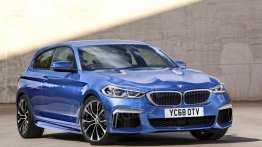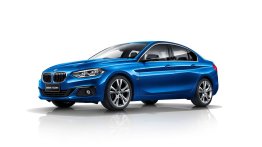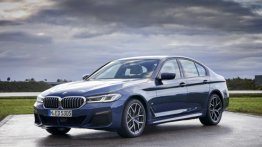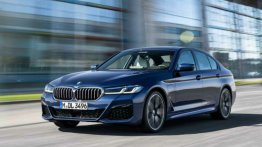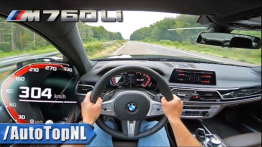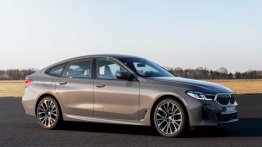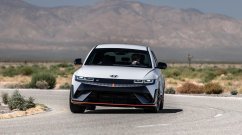After multiple leaks and years of wait, the third generation BMW 1 Series is finally out. Here’s a detailed comparison between the 2019 BMW 1 Series and its predecessor.
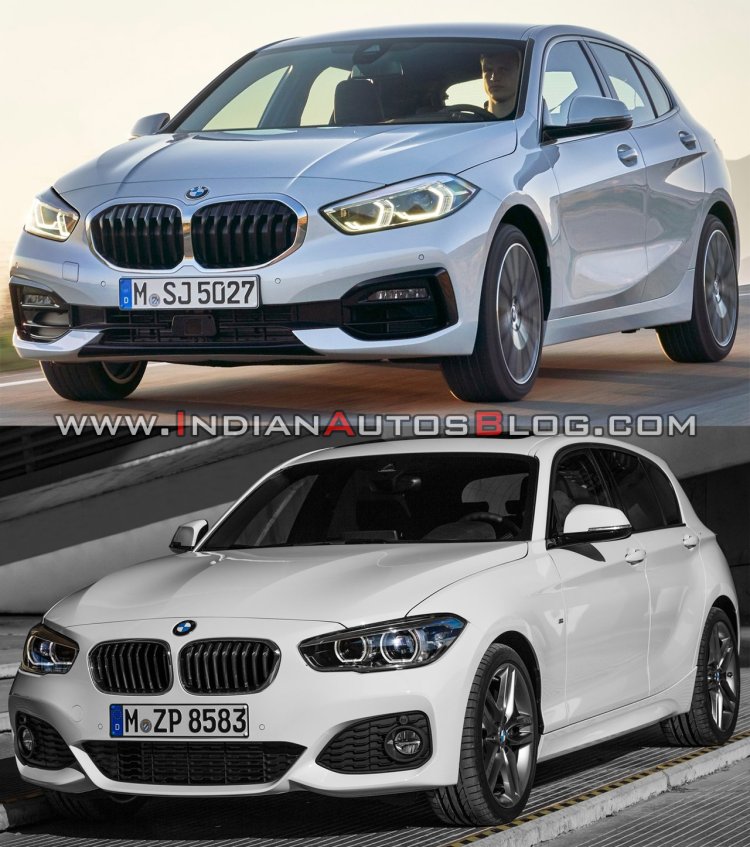
The second generation BMW 1 Series wasn’t much of a looker and had it not been a RWD model, its attractiveness would have been even less so. The third generation BMW 1 Series, on the other hand, in spite of being a front-wheel drive model, looks way sportier and is a lot more sophisticated. The switch from RWD to FWD isn’t all that bad, or maybe not at all, after all.
The BMW 1 Series no longer has a dull face. Thanks to the slanted, full-LED headlights and the larger, single-frame kidney grille in a pronounced mesh design with 3D elements it’s more dominant and aggressive up front. Moreover, the wider central air intake and the bulged-out bumper in a more angular design help the compact hatchback make an even stronger statement.
Moving to the sides, the beltline now rises towards the rear in a more striking manner, giving a sleeker look to the greenhouse. The Hofmeister kink has been integrated into the C-pillar now. For the first time, there’s an option of 19-inch wheels. Round at the back, the rear lights, which are also full-LED units, are in the familiar “L” shape but noticeably narrower and bolder. The back glass has a more rakish angle, and this contributes to the car’s sporty nature.
Up top, for the first time, there’s a panoramic roof, which, like many other key features, is optional. The cabin is a more inviting space now, thanks to the plusher design and a notable increment in space. There’s 33 mm more kneeroom, no less than 19 mm more headroom (on specifying the panoramic sunroof) in the rear and 13 mm more elbowroom in the rear. The front occupants benefit from 42 mm more elbowroom.
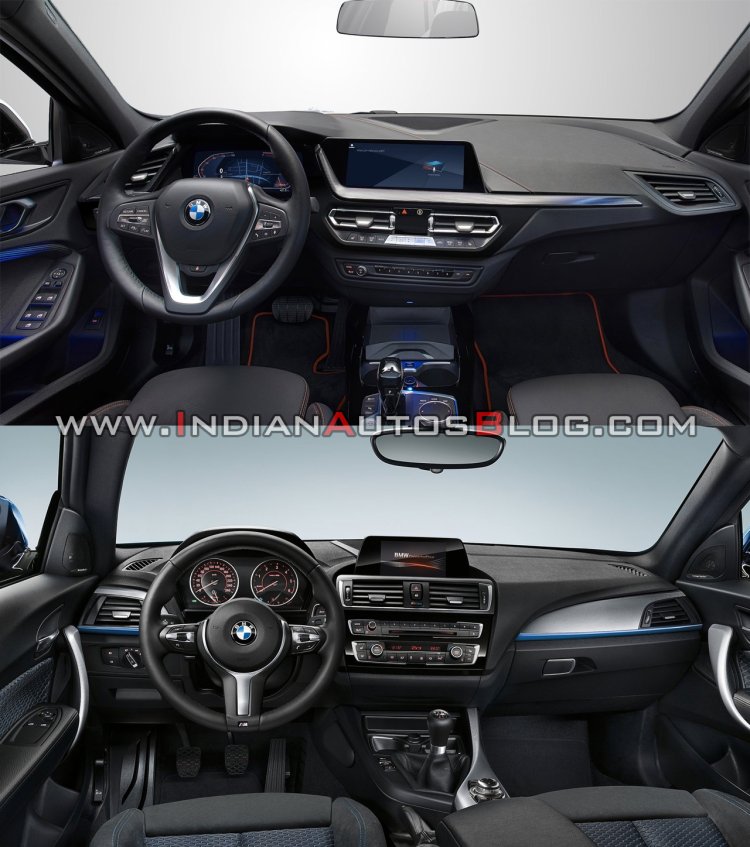
The dashboard, inspired by those of other recent BMWs, has a sense of minimalism to it. The instrument cluster and central display have been merged, making the cockpit more driver-focused. Both are 10.25-inch displays and run on BMW Operating System 7.0. The centre console looks more organised because of the reduced clutter, which is because of much lesser usage of buttons and knobs. Also new, is a 9.2-inch full-colour head-up display.
The 2019 BMW 1 Series measures 4,319 mm in length, 1,799 mm in width and 1,434 mm in height. It is 5 mm shorter, 34 mm wider and 13 mm taller. The wheelbase is 20 mm longer - 2,670 mm. The boot space has increased by 20 litres 380 litres. With the rear seat bench folded down, there’s 1,200 litres of luggage space available. Unlike the previous generation model, the new generation model is available in only a 5-door version.
BMW spent 5 years developing the all-new 1er. It says that the redesigned model is more agile and sportier than its predecessor. For the first time in a combustion-engined car, the company has brought actuator contiguous wheel slip limitation (ARB) technology from the i3s. This system significantly improves traction when pulling away, cornering or driving in the wet. It uses a slip controller positioned in the ECU and works in close tandem with the DSC system to curb power understeer, which is a typical drawback of FWD cars. It’s a standard fitment.
Thanks to the intelligent usage of aluminium, combined with high-strength steels, the all-new model is as much as 30 kg lighter compared to the outgoing model. Another benefit is the increased bending and torsional rigidity.
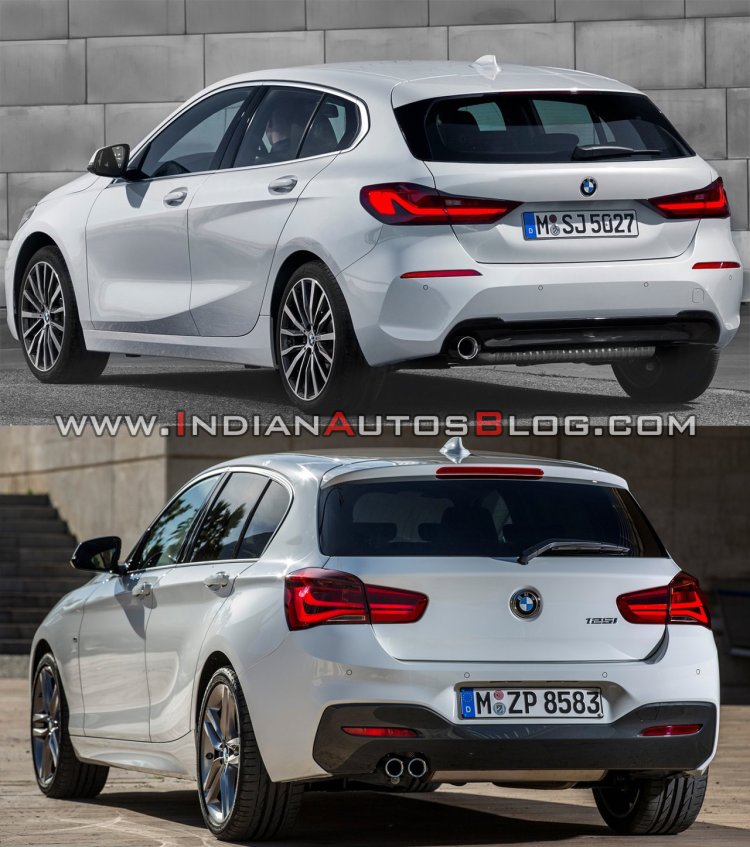
2019 BMW 1 Series - Engine Variants
- BMW 118i - 1.5L three-cylinder petrol engine (140 PS/220 Nm), 6-speed MT/7-speed DCT, FWD
- BMW M135i xDrive - 2.0L four-cylinder petrol engine (306 PS/450 Nm), 8-speed AT, AWD
- BMW 116d - 1.5L three-cylinder diesel engine (116 PS/270 Nm), 6-speed MT/7-speed DCT, FWD
- BMW 118d - 2.0L four-cylinder diesel engine (150 PS/350 Nm), 6-speed MT/8-speed AT, FWD
- BMW 120d xDrive - 2.0L four-cylinder diesel engine (190 PS/400 Nm), 8-speed AT, FWD
The all-new BMW 1 Series will hit the first markets on 28 September 2019. It should reach India sometime in 2020.















